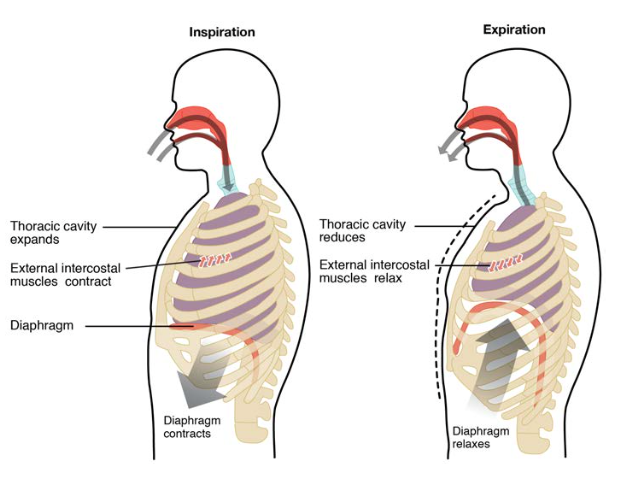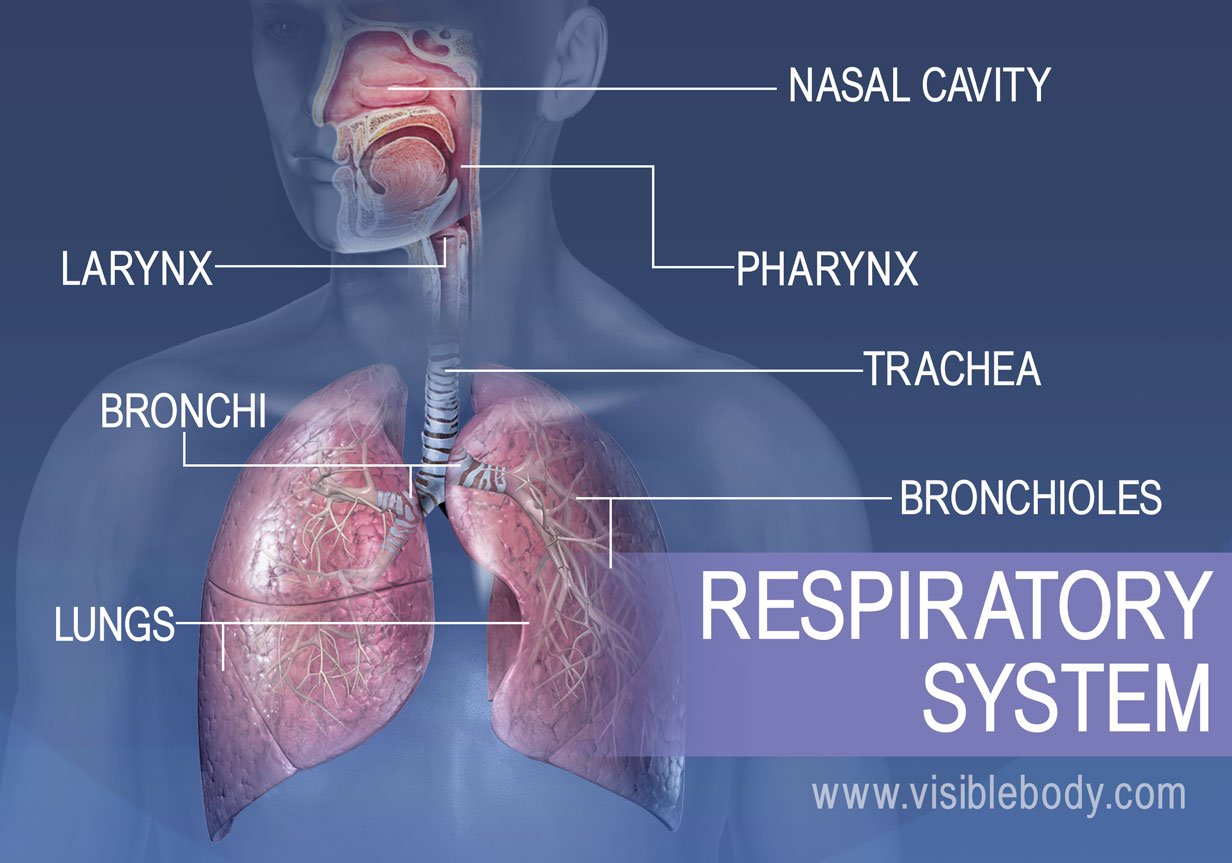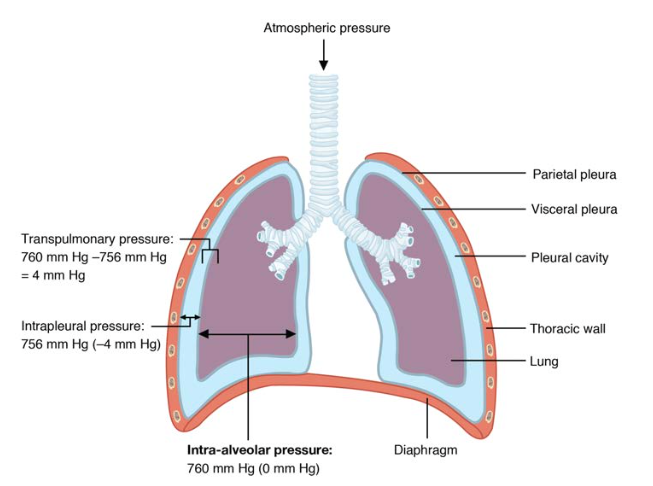Which of the following best describes the rate of respiration of an adult. Processes that require oxygen and produce ATP.

This Jama Patient Page Describes Tracheostomy Tube Placement Procedures Nursing School Survival Tracheostomy Pharmacology Nursing
The air moves through the passages because of pressure gradients that are produced by contraction of the diaphragm and thoracic muscles.

. Question 6 Question 5 Within the mitochondria ATP is formed when Which of the following best describes the process of aerobic respiration. Which statement best describes the process of respiration. The movement of air through lungs or gills 3.
The process where molecules movements balance out their distribution. BChlorophyll is a protein that changes shape in the presence of sunlight. What is chlorophyll and how does it help plants.
See answer 1 Best Answer. Which of the following best describes the events that occur during glycolysis. Which of the following correctly describes mechanisms of CO2 transport.
Oxygen and carbon dioxide are its waste products. Within the process of cellular respiration electron carriers including _____ move high-energy electrons generated from glycolysis. Pulmonary ventilation commonly known as breathing is the process of moving air into and out of the lungs.
Aerobic reaction can be defined as biological and chemical processes that occurs in the presence of oxygen. Anatomy of the lungs. The inner membrane is lined with cilia.
Which of the following best describes the rate of respiration for a newborn infant. Hence an aerobic reaction requires oxygen before it can take place or occur and it produces adenosine triphosphate ATP as one of its. Which statement best describes the process of respiration.
Since there is an absence of blood flow to the unit the alveolar gas tension is the same as inspired air. The diffusion of gases into and out of the circulatory system 4. A Cellular respiration extracts energy in the form of ATP from the glucose while photosynthesis uses the light from the sun and oxygen from the environment to produce glucose B.
40-70 breaths per minute. Ventilation is the movement of air into and out of the lungs and perfusion is the flow of blood in the pulmonary capillaries. Ventilation or breathing is the movement of air through the conducting passages between the atmosphere and the lungs.
The movement of carbon dioxide gas through the blood of the circulatory system. Which of the following statements best describes cellular respiration. AChlorophyll is a pigment that absorbs light energy and makes glucose.
Air enters the respiratory system through the mouth and the nasal cavity passing through the pharynx then larynx where sounds are produced for speech and finally the trachea which enters the chest cavity. The statement which best describes aerobic respiration is. Which of the following best describes the process of ventilation.
Glucose molecules are split into two pyruvate molecules resulting in a net production of two ATP molecules and two NADH molecules. A glucose molecule is split into pyruvate molecules via enzymatic action. The glucose is then turned back into carbon dioxide which is used in photosynthesis.
ATP and carbon dioxide are used to make ADP and water. Which of the following refers to the process of moving air through the respiratory system. Which best describes the nature of cellular respiration.
Electrons are passed along the clectron transport chain OHlons pass through the inner mitochondrial membrane It only takes place in the absence of oxygen It only takes place in the presence of oxygen O Hions. 1 See answer Advertisement. CChlorophyll is a receptor that.
Which of the following best describes the process of glycolysis. The diffusion of gases into and out of tissues where cellular respiration occurs 2.

The Process Of Breathing Anatomy And Physiology Ii

The Process Of Breathing Voer Anatomy And Physiology Respiratory Physiology


0 Comments